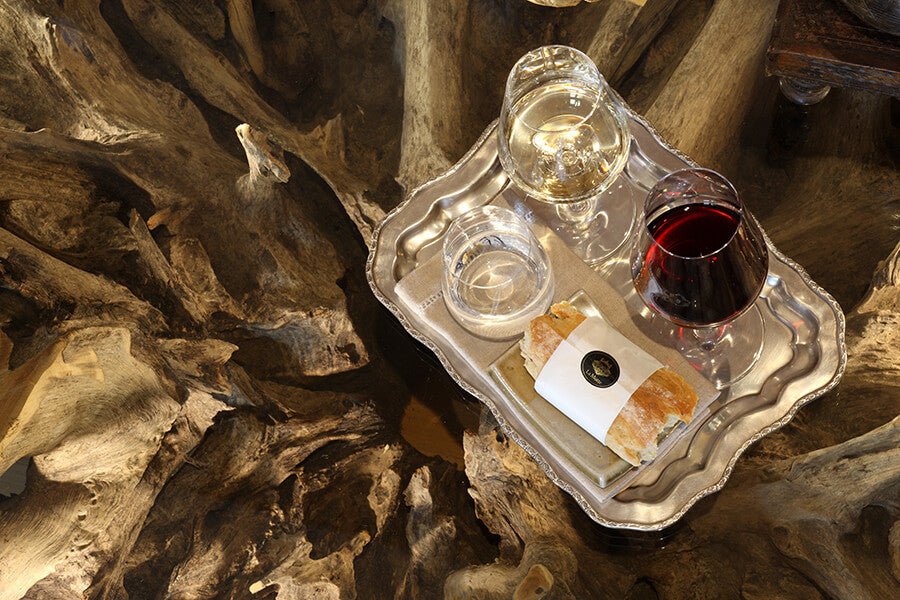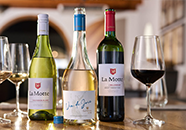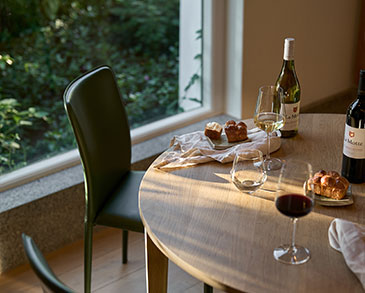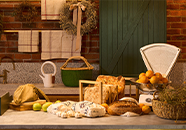
We often tend to think of wines as being quite seasonal – white in summer and red in winter. But can a wine be better suited to one season than to another? What makes one wine more of a “summer wine” and another more of a “winter wine”?
There is no simple formula for wines being seasonal; instead, it’s a question of what wines feel like and how a wine pairs not just with food, but also with the surrounding temperature or weather.
If you are drinking wine with food, a primary consideration in what sorts of wines qualify as “winter wines” or “summer wines” will be how well they pair with the “winter foods” or “summer foods” you are eating. Winter foods tend to be heavier and richer, to have more meat and fat, and have that comforting “stick to the ribs” feeling.
This is not the sort of food with which a fresh and fruity 2016 La Motte Sauvignon Blanc is likely to pair well. Instead, you’ll want to eat these winter foods with wines that are, themselves, heavier and more complex — usually deep, strong reds such as a La Motte Cabernet Sauvignon, Syrah or Cabernet Franc-led Bordeaux-style blend such as Millennium.
Summer, in turn, isn’t the time for hearty stews, but rather for lighter fare: salads, fruity dishes, seafood, and so forth.
It wouldn’t be appropriate to pair such foods with a heavy Syrah; instead, you’ll want to have light and fruity reds and rosés, or fresher whites such as La Motte Chardonnay and the famous Pierneef Collection Sauvignon Blanc.
You’ll want a refreshing wine that lifts you up, not a heavy wine that feels like it is weighing you down at all.
Another important consideration in what makes a wine a summer wine or a winter wine is the temperature at which the wine is best served. If a wine is best served a little warmer, then it’s a better wine to drink during the cold winter months when you probably don’t want a cold drink. If a wine is best served colder, then it’s a better wine to drink during the hot summer months when a colder drink is more welcome and more refreshing.
Fortunately, this closely matches the differences we find when taking into account wine-pairing with food: wines that go best with heavier winter foods are also best served a little warmer, while wines that pair best with lighter winter foods are also best served a little colder. You don’t want a Cabernet Sauvignon that’s been chilled as cold as champagne and you don’t want a Riesling served at room temperature — especially the temperature of a room in the middle of summer!












